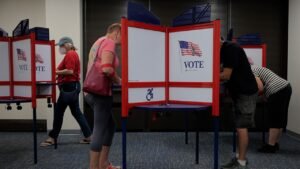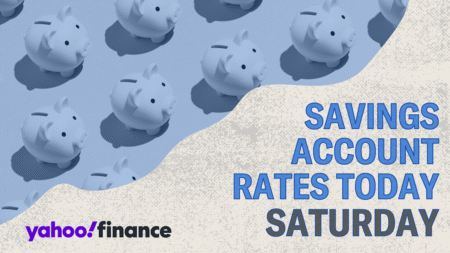The inflation numbers for September arrived on Friday. That might come as a surprise because the shutdown has stopped the Bureau of Labor Statistics from releasing other reports. However, this particular one was critical for the Social Security Administration to announce the annual cost-of-living adjustments.
As the information is now out — and will be of some use to the Federal Reserve in deciding on whether to cut the benchmark federal funds interest rate — it’s time to look at the data to see what there is to learn.
Headline Results
First, a refresher. The Consumer Price Index, as generally presented, is the average cost across the country of a market basket of products and services. The contents change periodically, but the many core items remain. The BLS has people who contact stores to check actual prices. The set of products and services is also an average. Some people will be more heavily affected by CPI inflation while others won’t be.
In one sense, the growth of inflation slowed a bit on a seasonally adjusted basis to 0.3% month-over-month increase rather than the 0.4% month-over-month increase in August. But seasonally adjusted numbers aren’t the actual data but an attempt to take seasonal variations and other predictable patterns into account. However, they aren’t the actual data.
The year-over-year comparisons are done in non-seasonally adjusted numbers. In August, the year-over-year comparison meant annual 2.9% inflation. In September, that climbed to 3.0%. The graph from the Federal Reserve Bank of St. Louis below shows a broader view of the Consumer Price Index: blue is the month-to-month changes; the red line is the Fed’s constant 2.0% target.
In addition to year-over-year CPI changes, there is another measure, called CPI less food and energy. The reason is that energy and food prices are typically some of the most volatile to be found, which means they can drive the inflation number to be higher or lower than composite. This graph from the BLS shows that both versions have converged.
The Big Changes In Item Costs
Details of the individual product and service categories show where consumers are being hit hardest. Food in general was up 3.1%. In that category, meats, poultry, fish, and eggs were up 5.2%. Within that category, beef and veal, up 14.7%, bacon up 5.8%, and frozen fish and seafood up 6.6%. Nonalcoholic beverages and beverage materials increased 5.3% in price, with coffee up 18.9%. Candy, 9.8%. Canned fruits and vegetables increased by 5.0%. Food away from home, 3.7%.
Energy saw an overall 2.8% increase. However, fuel oil increased 4.1%; electricity, 5.1%; and piped gas service (as in the utility), 11.7%.
In commodities, used cars and trucks increased 5.1% and tobacco and smoking products, 6.9%. Housing rents climbed 3.4%, which is better than they have been doing, as at least this time they weren’t the main driver of inflation. Medical care services grew 3.9%, with the hospital service portion up 5.5%. Vehicle maintenance and repair, up 7.7%. Vehicle insurance, 3.1%.
Tools, hardware, and supplies grew by 6.2%. Household paper products saw a 5.5% increase.
In any of these categories, there are items with cost increases that are either much higher or lower than the average. The inflation for apparel was -0.1% but men’s trousers and shorts were up 4.9%. Women’s outerwear, up 4.56%, women’s underwear, nightwear, swimwear, and accessories, -4.6%.
Some of the increases may be due to tariffs, whether from China, Mexico, Canada, or some other country targeted by the administration. Some might be a result of other things, like coffee and the impact of increased production costs, climate change affecting yields, or other issues.
The point to remember is that there are many things happening in the economy that are difficult to understand when taken together. This is what makes the near-to-medium future hard to predict and maybe beyond the experts who are supposed to steer the economic ship.
Read the full article here












